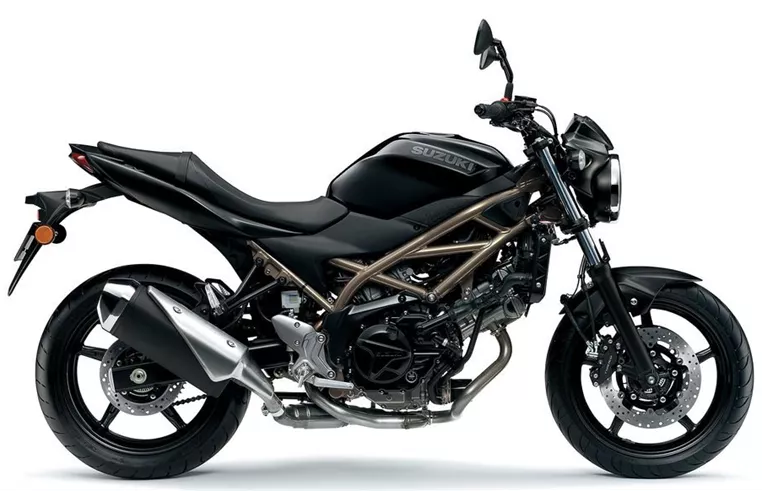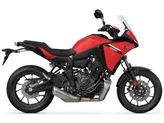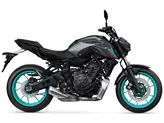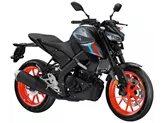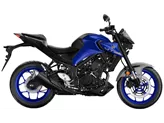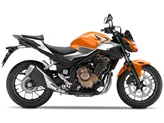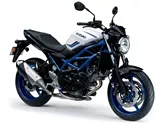Yamaha MT-07 2016 vs. Suzuki SV 650 2021

Yamaha MT-07 2016
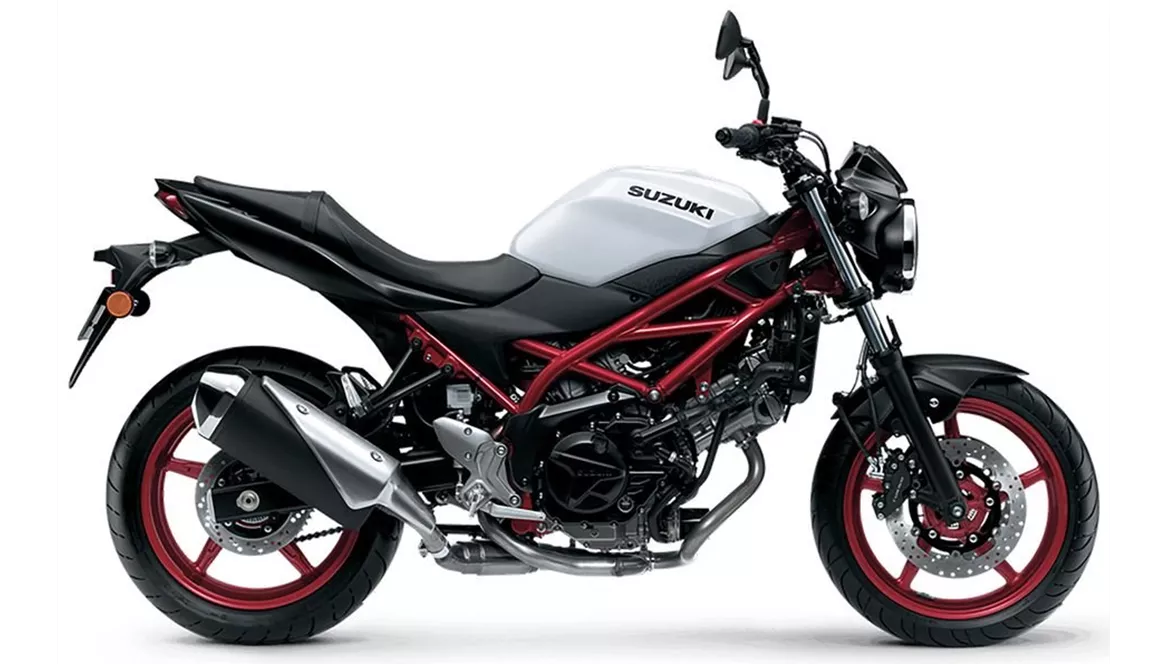
Suzuki SV 650 2021
Overview - Yamaha MT-07 2016 vs Suzuki SV 650 2021
When comparing the Yamaha MT-07 2016 and the Suzuki SV 650 2021, it is clear that both bikes have their own unique strengths and weaknesses.
Starting with the Yamaha MT-07 2016, it boasts a powerful in-line engine with 75 HP and 68 Nm of torque. This engine provides a very agile and responsive performance, making it a joy to ride. The bike also has a relatively low weight of 182 kg, which contributes to its nimble handling. Additionally, the MT-07 has a stylish and angular look, giving it an aggressive appearance on the road. The powerful brakes ensure excellent stopping power, and the comfortable seating position allows for long rides without discomfort. Another advantage of the MT-07 is its extensive and easy-to-read display, providing the rider with all the necessary information at a glance.

Yamaha MT-07 2016
However, the Yamaha MT-07 2016 does have some weaknesses. The chassis is a little soft, which can affect the bike's stability during aggressive cornering. The footrests also tend to drag quite easily, limiting the bike's lean angle. Additionally, some parts of the bike are made of cheap plastic, which can detract from its overall quality. Finally, the telescopic fork on the front suspension is considered to be boring and lacking in performance.
On the other hand, the Suzuki SV 650 2021 has its own set of strengths. It features a confident V2 powerplant with 73 HP and 64 Nm of torque, providing a characterful and enjoyable riding experience. The stable chassis ensures a smooth and controlled ride, while the comfortable seating position allows for long hours on the road without fatigue. The SV 650 also has easy handling, making it suitable for riders of all skill levels. Furthermore, the bike has a timeless look that appeals to a wide range of riders.
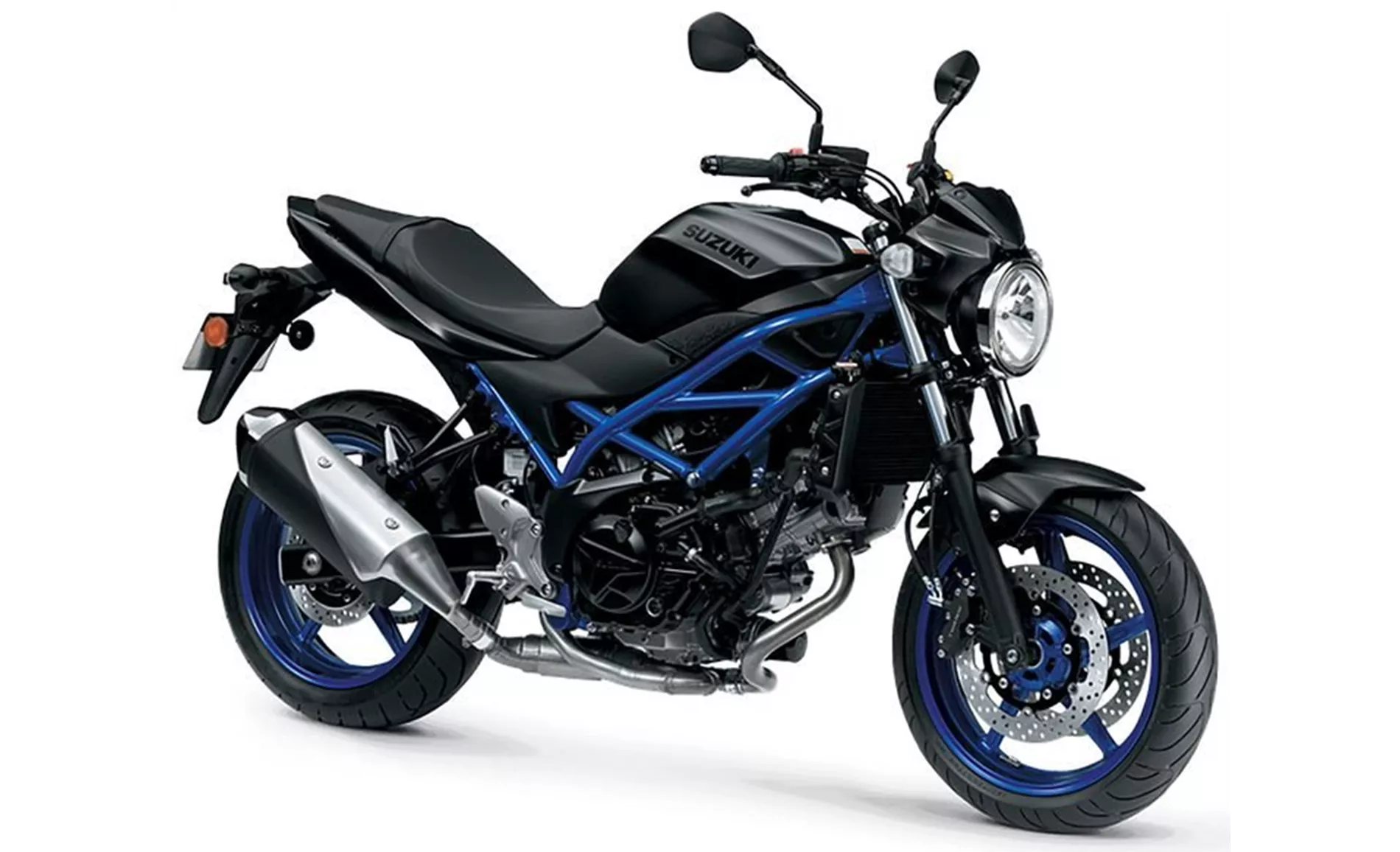
Suzuki SV 650 2021
However, the Suzuki SV 650 2021 does have a few weaknesses. The brake requires manual force, which means the rider needs to apply more pressure to achieve the desired braking power. Additionally, the bike lacks electronic features apart from ABS, which may be disappointing for riders looking for advanced technology. Finally, the instruments on the SV 650 are moderately readable, which can be a minor inconvenience for some riders.
In conclusion, both the Yamaha MT-07 2016 and the Suzuki SV 650 2021 have their own strengths and weaknesses. The MT-07 excels in terms of engine performance, handling, and display, while the SV 650 stands out with its V2 powerplant, stable chassis, and comfortable seating position. Ultimately, the choice between the two will depend on the rider's preferences and priorities.
Technical Specifications Yamaha MT-07 2016 compared to Suzuki SV 650 2021
Pros and Cons in comparison
Pros and Cons in comparison
Yamaha MT-07 2016

La MT-07 est une incroyable machine de plaisir qui se laisse conduire de manière extrêmement sportive. Le moteur est de loin le plus agile de sa catégorie, et même au-delà.
Suzuki SV 650 2021
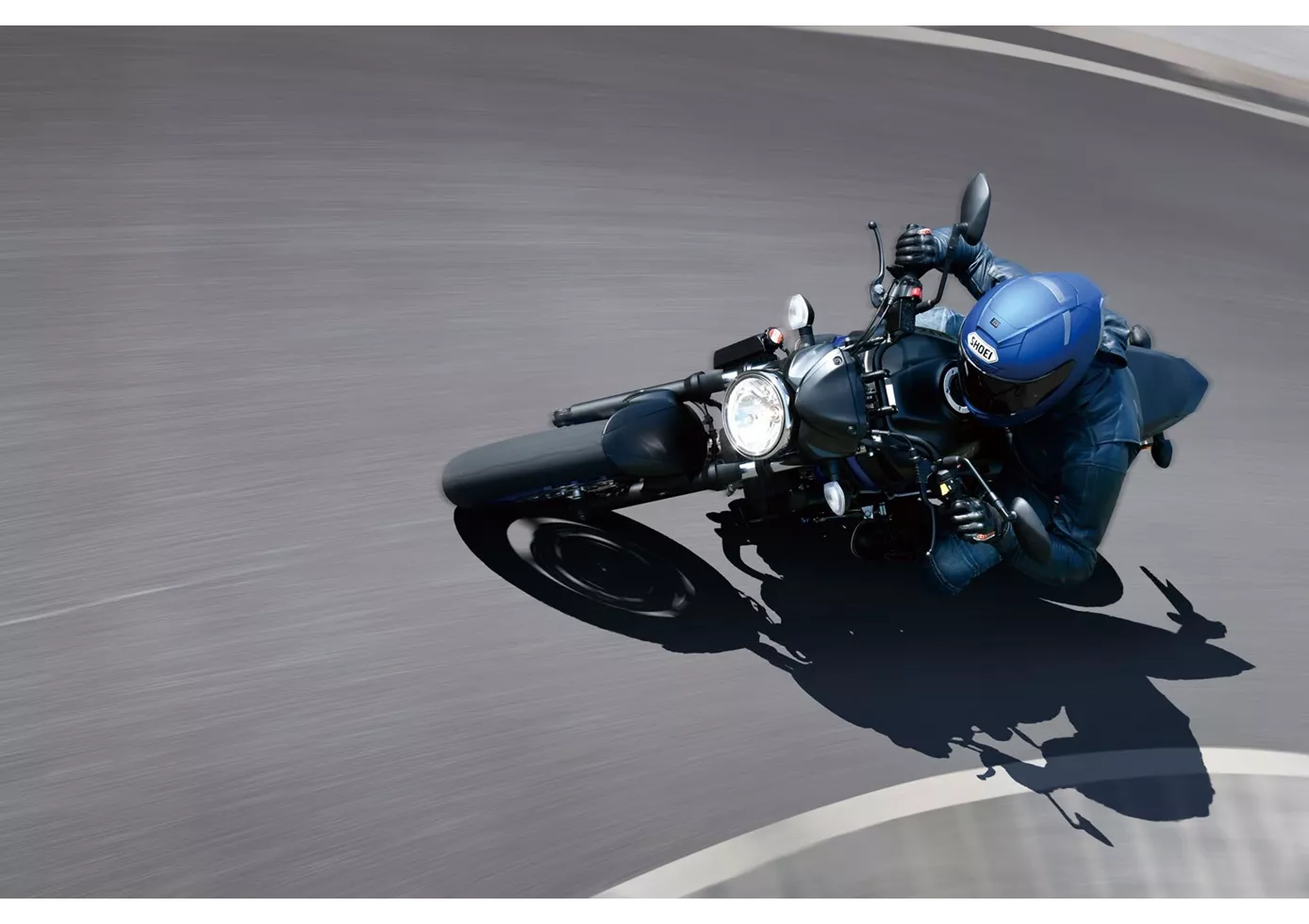
La Suzuki SV 650 n'a pas beaucoup évolué depuis cinq ans par rapport à son prédécesseur. Le moteur a été mis à jour selon la norme Euro5 et se présente désormais de manière encore plus adulte, ce qui lui permet de s'intégrer parfaitement au reste du package. La SV 650 ne veut effrayer personne, surtout pas les débutants. Le châssis donne une impression de solidité et de sérénité, le frein demande une bonne force manuelle pour éviter un surfreinage inattendu. L'optique est d'une part intemporelle, mais d'autre part vraiment un peu dépassée sur certains composants. En revanche, le prix est correct, comme d'habitude chez Suzuki.
Price Comparison Avarage Market Price Yamaha MT-07 vs Suzuki SV 650
There are a few key differences between a Yamaha MT-07 2016 and a Suzuki SV 650 2021. In terms of price, the actual average price of a Yamaha MT-07 2016 is about 3% higher. A Yamaha MT-07 2016 experiences a loss of 390 USD in one year and 710 USD in two years of ownership. This is offset by a loss of 130 USD and 520 USD for a Suzuki SV 650 2021. Compared to Suzuki SV 650 2021 there are more Yamaha MT-07 2016 bikes available on the 1000PS.de Marketplace, specifically 24 compared to 13. It takes less time to sell a Yamaha MT-07 with 51 days compared to 111 days for a Suzuki SV 650. Since model year 2013 1000PS.de editors have written 69 reviews for the Yamaha MT-07 and 25 reviews for the Suzuki SV 650 since model year 2005. The first review for the Yamaha MT-07 was published on 11/4/2013 and now has more than 12,600 views. This compares to more than 14,200 views for the first review on Suzuki SV 650 published on 9/26/2008.

